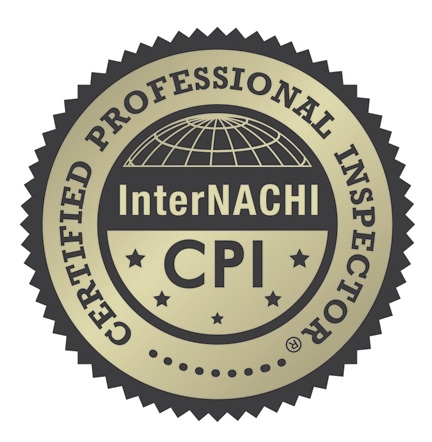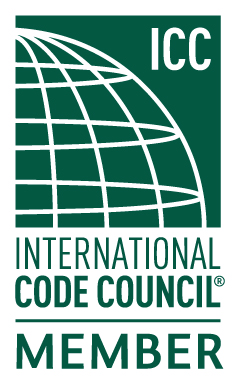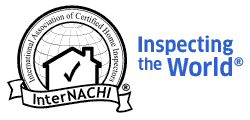Housewrap installation on your Home
Submitted by JoeKeresztury on Mon, 01/06/2014 - 04:20. Housewrap on your San Antonio area Home
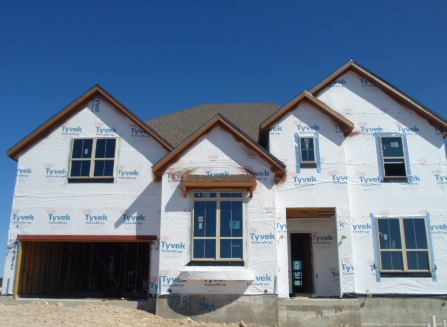
Housewrap also serves to minimize air flow through walls, though it is not a vapor retarder. In fact, housewrap is designed to stop liquid water while allowing water vapor to pass through. This lets moist or humid air escape from the interior and simultaneously keeps water outside.
Homeowners may want to be familiar with the function of housewrap, especially when considering a new build, and InterNACHI inspectors can benefit from knowing more about what issues are commonly found with housewrap during an inspection.
Types of Housewrap
Tyvek® is the most common housewrap material used in the U.S. Tyvek® is a synthetic material manufactured by DuPont. It’s made of flash-spun, high-density polyethylene fibers. Tyvek® is highly durable and allows water vapor to pass through it while blocking the passage of liquid. It simultaneously resists air infiltration better than many other materials.
Other types of housewrap are made from micro-perforated, cross-lapped films, films laminated to spun-bond, non-woven materials, and films laminated or coated to polypropylene woven materials. Asphalt-impregnated paper (tar paper or building paper) predating synthetic materials is still in use as housewrap today.
Advantages of Housewrap
- While housewrap is used in many areas, it is most beneficial in humid climates. This is because in areas that often experience heavy rainfall, there is a greater chance of water penetration damaging the framing of the house. Housewrap prevents damage from water penetration.
- Generally higher levels of moisture content in the air are also common to wet climates. Housewrap allows moisture to escape from interiors, helping to ensure that wet conditions will not create problems such as mold growth.
- Since housewrap helps prevent air movement through wall cavities, it also has some insulating value.
Disadvantages of Housewrap
- Proper installation is the most important concern with housewrap. If not installed correctly, not only will the housewrap perform less effectively, it may actually do more damage than good. A common mistake installers make is treating housewrap as if it were a vapor retarder, and installing it accordingly, often with improper lapping. However, because housewrap will actually collect and channel water, serious damage can occur over time if it is not installed in a manner that allows for channeled water to exit the wall system.
- Another issue can occur if housewrap is left exposed to the elements for a long period before siding or other exterior cladding is installed over it. This can lead to damage from wind and debris that goes unnoticed once the cladding is applied and the wrap is hidden.
- Housewrap can sometimes be damaged by rough handling during installation.
- Any holes or tears in the housewrap that have occurred during installation or from exposure to the elements may allow water to penetrate the wrap if they go unnoticed, negating the benefits housewrap is intended to provide.
Installation Tips
Here are some tips for checking that housewrap has been installed correctly:
- Installers should follow the manufacturer’s instructions. When installed properly, housewrap will not allow water to flow into the area behind it.
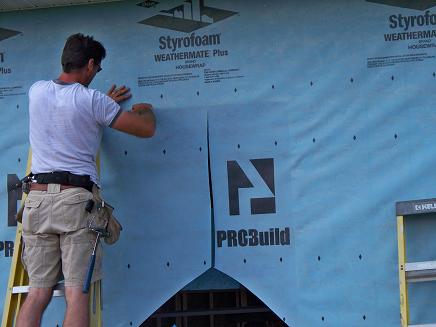
- Housewrap should be installed before windows and doors are installed.
- Upper layers should be lapped over lower layers.
- Horizontal joints should be lapped at least 6 inches, and vertical joints should be lapped 6 to 12 inches, depending on the potential for wind-driven rain.
- Staples or roofing nails a minimum of 1 inch long should be used and spaced 12 to 18 inches on-center throughout.
- If staples are used they should have a minimum 1" crown.
- Proper joints should be covered with tape designed specifically for use with housewrap.
- A drainage provision should be installed at the bottom of the external cladding material.
- The sole plate and foundation joint should be covered by the housewrap. Here is the link to the Tyvek HouseWrap installation guide. (Housewrap by different manufacturers are usually similar). http://chicagohomeprimer.com/editable/uploads/File/Tyvek%20InstallGuideWRB_K16282.pdf
By Joe Keresztury, CPI
JWK INSPECTIONS
Contributing information from InterNachi and Tyvek







